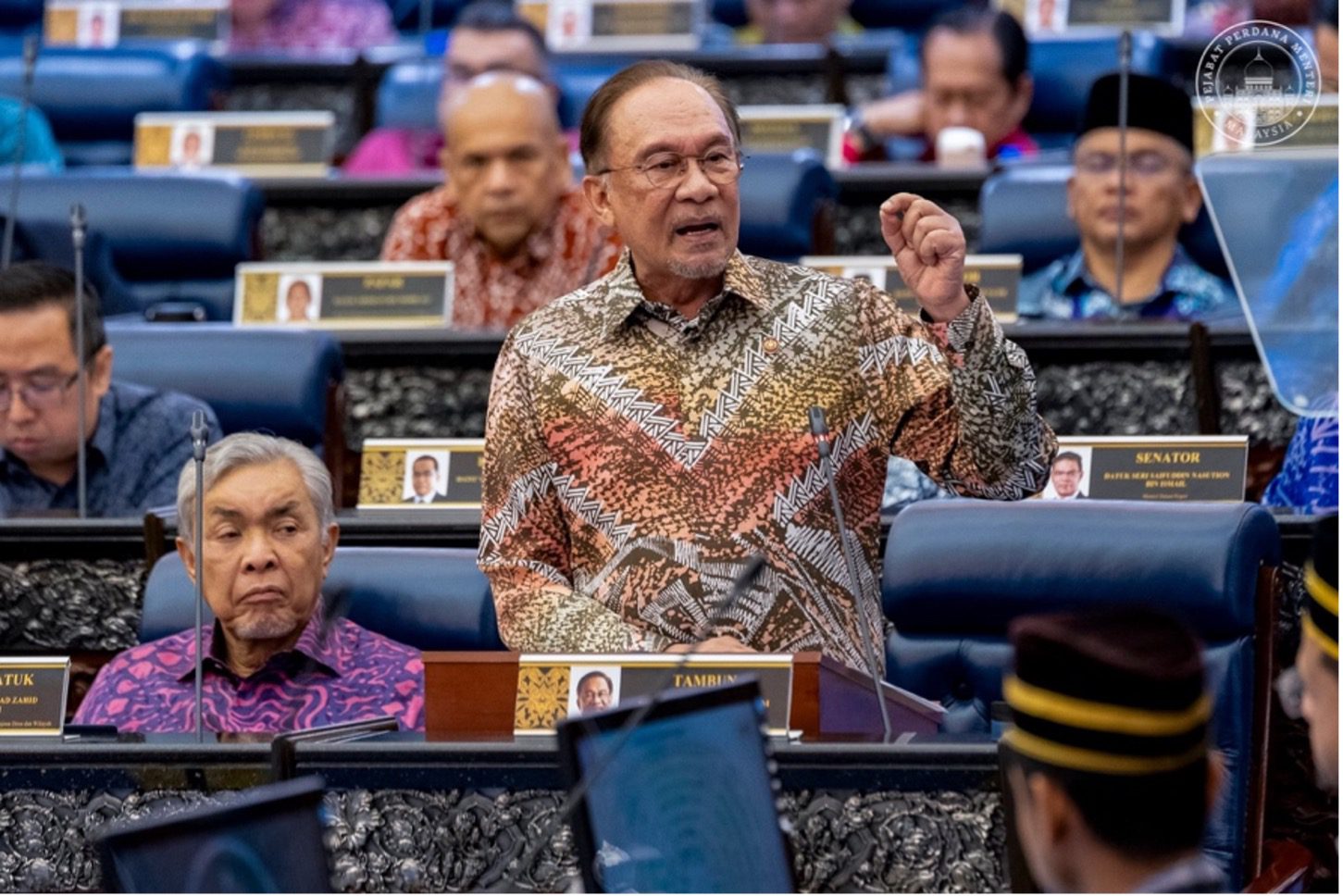The BGA Malaysia team, led by Senior Director Sadiq Noor Azlan, wrote an update to clients on Malaysia’s new development plan.
Context
- Malaysian Prime Minister and Finance Minister Anwar Ibrahim presented the 13th Malaysia Plan to Parliament July 31. The five-year national development blueprint outlines the government’s economic and socioeconomic goals for 2026-2030 as well as the policies and strategies to help the government achieve those objectives.
- Themed “Redefining Development,” the plan projects Malaysia to achieve GDP growth of 4.5-5.5 percent a year for the next five years, paving the way for the country to become one of the world’s 30 biggest economies by 2030.
Significance
- The plan is aligned with Anwar’s flagship Madani Economy framework. It is based on the principles of “raising the ceiling and raising the floor” — that is, driving economic growth while improving the quality of life of the people. Economic growth will be driven by a transition to a value-creation economy, led by digital technology, artificial intelligence (AI) and other high-growth, high-value industries such as semiconductors and renewable energy. The government aims to transition the local semiconductor industry to produce more complex and higher-value semiconductor products. The High Value-High Technology Semiconductor Industry Flagship Project will be implemented as part of the initiative to achieve the national target of MYR 1 trillion ($233.8 billion) worth of electronic exports by 2030. Malaysia also aims to increase its renewable energy capacity mix to 35 percent by 2030, up from the current 29 percent.
- At the same time, the plan addresses welfare concerns, particularly the burden of the rising cost of living. The government committed itself to continue existing programs, including cash aid, utilities subsidies and food programs, which target low-income earners and other at-risk populations. This is also the first five-year plan that highlights Malaysia’s transition to an aging nation, with proposals to review the minimum retirement age and develop a long-term care ecosystem.
Implications
- The government estimates that a total of MYR 611 billion ($142.8 billion) will be required to implement the 13th Malaysia Plan. Of that sum, the government is pledging to allocate MYR 430 billion ($100.5 billion) for the plan, with MYR 237 billion ($55.4 billion) alone going to the economic sector. The remaining funds will be contributed by government-linked companies and through public-private partnerships.
- The government’s proposed contribution of an average of MYR 86 billion ($20.1 billion) per year to implement the plan is a significant development. For comparison, the government contributed an average MYR 79 billion ($18.5 billion) per year toward development expenditures from 2021-2024. Nonetheless, the government reiterated its commitment to fiscal sustainability by narrowing the fiscal deficit to 3 percent of GDP by 2030 from the 4.1 percent recorded in 2024.
We will continue to keep you updated on tariff-related developments in Malaysia. If you have any comments or questions, please contact BGA Malaysia Senior Director Sadiq Noor Azlan at msadiq@bowergroupasia.com.
Best regards,
BGA Malaysia Team

BowerGroupAsia






















